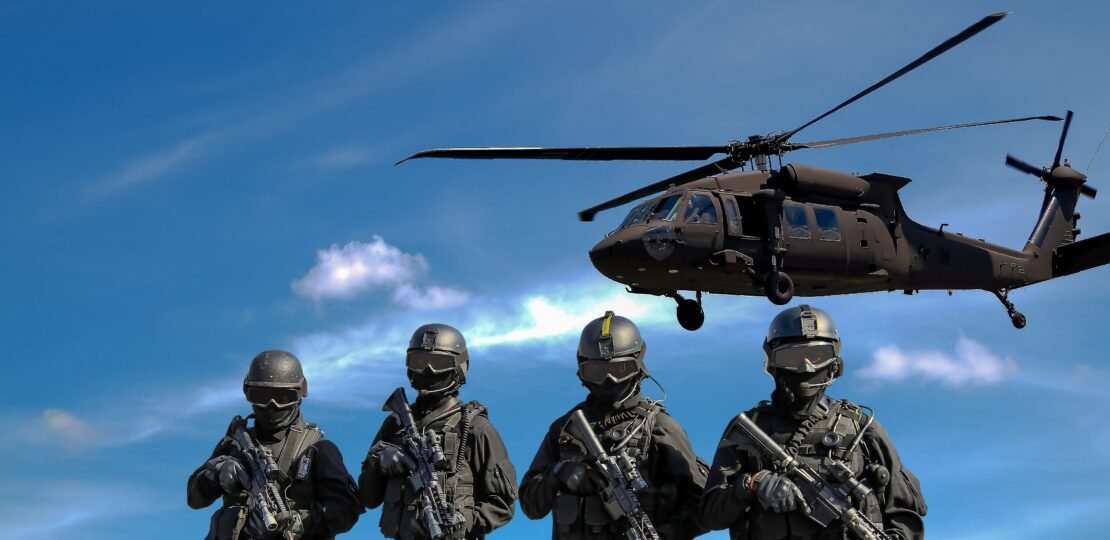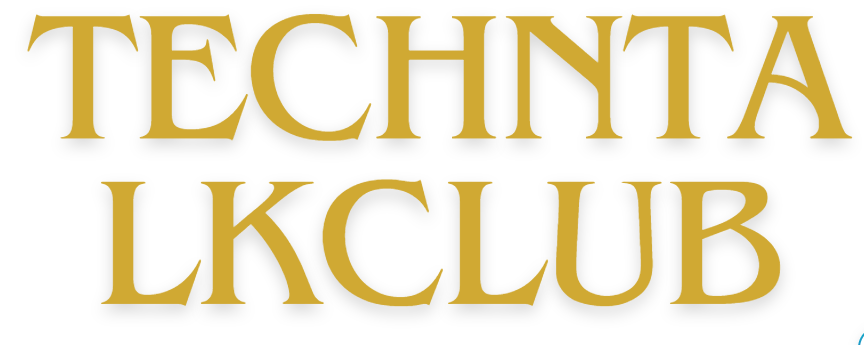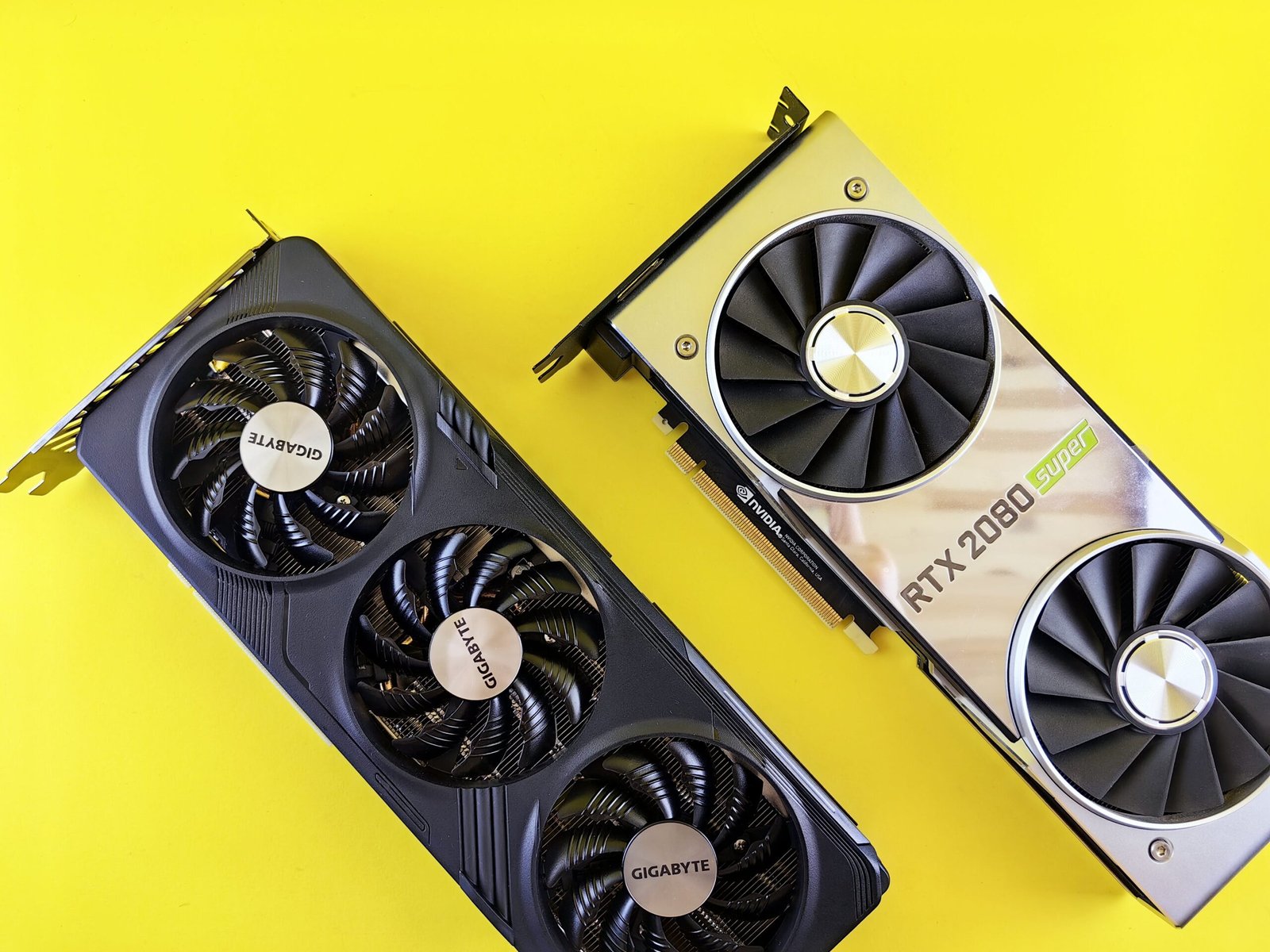What are you looking for in your WW2 technology question?
December 10, 2023 | by amiradmin

World War II was a pivotal moment in history that saw significant advancements in military technology. The war stimulated rapid innovation and the development of new technologies across various fields. One major area of focus was aviation, with both Allied and Axis powers investing heavily in aircraft development. The introduction of jet engines, exemplified by the German Messerschmitt Me 262, revolutionized air warfare, providing unprecedented speed and maneuverability.
Naval warfare also underwent substantial changes during World War II. The introduction of aircraft carriers as primary capital ships transformed naval strategies. The Battle of Midway in 1942 marked a turning point, highlighting the importance of carrier-based air power. Submarine technology advanced significantly, with German U-boats becoming highly effective in disrupting Allied supply lines. The development of sonar and radar technologies played a crucial role in anti-submarine warfare.
The conflict spurred advancements in electronic communication and code-breaking. The Allies, particularly the British at Bletchley Park, made substantial progress in breaking German Enigma codes. This breakthrough had a profound impact on the outcome of the war, as Allied forces gained crucial intelligence insights.
The Manhattan Project, a massive scientific and engineering endeavor, led to the creation of the atomic bomb. The dropping of atomic bombs on Hiroshima and Nagasaki in 1945 marked a watershed moment, fundamentally altering the nature of warfare and geopolitical dynamics. The project showcased the immense power of scientific and technological innovation and the ethical dilemmas associated with such advancements.
In the realm of ground warfare, tanks and infantry weapons saw significant improvements. The development of tanks like the German Tiger and Soviet T-34 changed the dynamics of armored warfare. Small arms, such as automatic rifles and submachine guns, became more prevalent, enhancing infantry firepower. The war also witnessed the emergence of guided missiles, exemplified by the German V-2 rocket.
In summary, World War II served as a crucible for technological innovation, shaping the course of military history. Advances in aviation, naval warfare, communication, code-breaking, nuclear weapons, and ground warfare not only influenced the outcome of the conflict but also had lasting effects on post-war technological developments and geopolitical landscapes. The war accelerated the pace of technological progress, leaving an indelible mark on the evolution of military technology.
RELATED POSTS
View all



